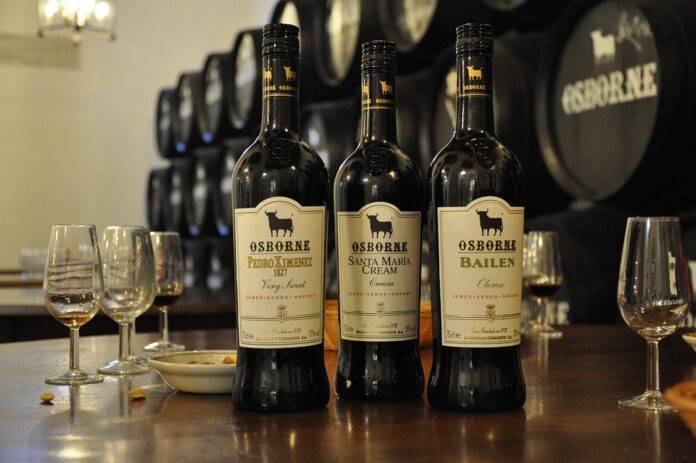Introduction
Sherry, one of Spain’s most historic and complex wine styles, has a rich tradition that dates back centuries. Produced mainly in the region of Andalusia, specifically in the area around Jerez de la Frontera, sherry is known for its unique production process and distinct flavor profiles. In this report, we will explore why sherry is considered a cornerstone of Spanish winemaking, delving into its history, production methods, market trends, and key players in the industry.
History of Sherry
Sherry has a fascinating history that can be traced back to ancient times. The Phoenicians, Greeks, and Romans all played a role in the development of sherry production in the region. However, it was the Moors who introduced the concept of distillation to the area, laying the foundation for the modern sherry-making process. By the 16th century, sherry had become a popular export product, with shipments to countries across Europe.
Production Methods
Sherry is made using a unique aging process known as the solera system, which involves blending different vintages of wine to achieve a consistent flavor profile. The wine is aged in oak barrels, with the youngest wine being added to the oldest barrels in a continuous cycle. This method results in a complex and layered wine that is highly sought after by wine enthusiasts around the world.
Market Trends
Despite its long history, the sherry industry has faced challenges in recent years. Changing consumer preferences and competition from other wine styles have led to a decline in sherry sales. However, there is a renewed interest in sherry among younger consumers, who are drawn to its unique flavors and versatility in food pairing. As a result, some sherry producers are seeing a resurgence in sales and are investing in marketing efforts to reach a new generation of wine drinkers.
Key Players in the Industry
Several key companies dominate the sherry market, including Gonzalez Byass, Bodegas Lustau, and Bodegas Hidalgo-La Gitana. These companies have a long history of producing high-quality sherry and are recognized for their commitment to traditional winemaking methods. In recent years, these companies have also embraced innovation, introducing new sherry styles and marketing campaigns to attract a younger audience.
Financial Data
According to industry reports, the global sherry market was valued at $1.5 billion in 2020, with Spain being the largest producer and exporter of sherry. Despite a slight decline in sales in recent years, the market is expected to rebound and grow at a steady pace in the coming years. Key players in the industry are investing in new technologies and sustainable practices to ensure the long-term success of the sherry market.
Industry Insights
In conclusion, sherry is a historic and complex wine style that continues to captivate wine lovers around the world. Its unique production methods, rich history, and distinct flavors make it a standout in the wine industry. While the sherry market may face challenges, there is optimism for the future as producers adapt to changing consumer preferences and embrace new opportunities for growth. With its timeless appeal and enduring popularity, sherry is sure to remain a staple in the world of Spanish winemaking for years to come.



